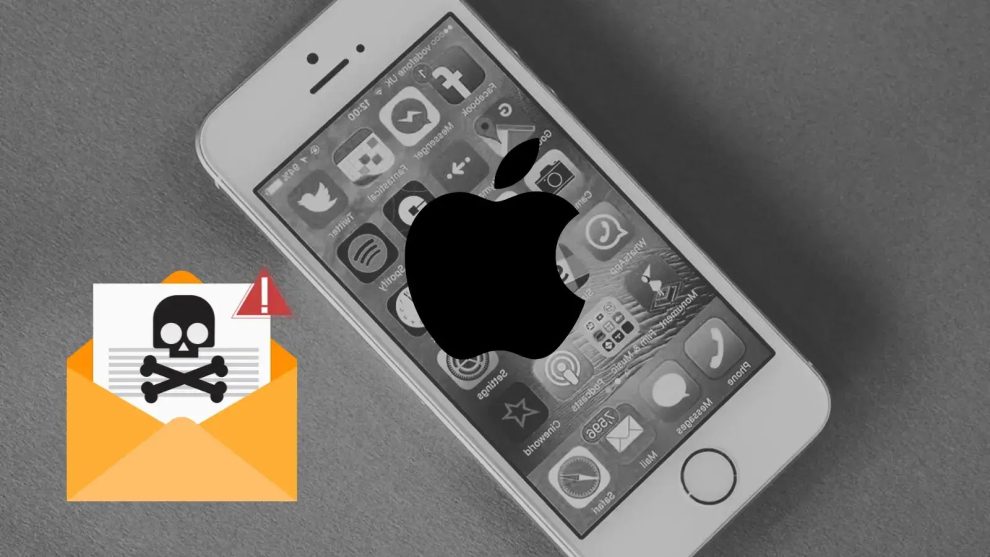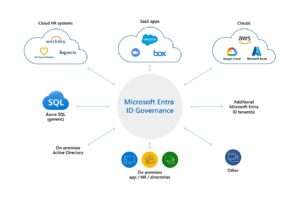Apple users beware! A recent surge in phishing attacks targeting Apple IDs has security experts on high alert. Hackers are employing malicious SMS messages (text messages) to trick unsuspecting users into revealing their Apple ID credentials, potentially compromising their entire Apple ecosystem.
A Spoofed Sender: How the Scam Works
The malicious SMS messages typically appear to originate from Apple, often displaying a spoofed sender name like “Apple Security” or “Apple Support.” The message content varies, but it often employs urgency and scare tactics to pressure the user into clicking a provided link. Here are some common red flags:
- Vague Security Threats: The message might warn of suspicious activity or potential account breaches, urging the user to “verify their identity” to prevent account suspension.
- Phony Account Lockout: Some scams claim the user’s account has been locked due to security concerns and require immediate action to unlock it.
- Enticing Offers: In rarer cases, the message might offer fake rewards or discounts to lure the user into clicking the link.
The provided link in the SMS message leads to a cleverly designed phishing website. This website closely resembles a legitimate Apple login page, further duping unsuspecting users into entering their Apple ID username and password.
Once the user enters their credentials, the information is harvested by the hackers. This stolen data grants them access to the user’s iCloud storage, Apple Music subscriptions, App Store purchases, and potentially other sensitive information linked to their Apple ID.
Beyond Logins: The Scope of the Attack
While stealing login credentials is a primary objective, these phishing attacks can have broader consequences:
- Financial Theft: Hackers can access payment methods linked to the Apple ID, potentially leading to unauthorized purchases or financial losses.
- Data Breach: iCloud storage often contains sensitive personal information like photos, documents, and contacts. A compromised Apple ID could expose this data.
- Identity Theft: Stolen login credentials can be used for further attacks on other online accounts linked to the same email address.
Protecting Yourself: How to Spot a Phishing Scam
The best defense against phishing attacks is vigilance. Here are some key tips to protect yourself:
- Be Wary of Unsolicited SMS: Apple typically doesn’t contact users about security issues via SMS. Be skeptical of any message urging you to click a link or update your account information.
- Verify the Sender: Don’t rely solely on the sender name displayed in the SMS. Look for inconsistencies, typos, or unusual formatting that might indicate a spoofed sender.
- Never Click Links in Emails or SMS: Instead of clicking the link, visit the official Apple website (apple.com) directly to check for account issues or updates.
- Strong Passwords and Two-Factor Authentication: Utilize strong and unique passwords for your Apple ID and enable two-factor authentication (2FA) for an additional layer of security. 2FA requires a secondary verification code in addition to your password when logging into your account.
Apple’s Response: Security Measures and User Education
Apple takes security concerns seriously and implements various measures to protect its users:
- Advanced Security Features: Apple devices come equipped with robust security features like built-in phishing filters and secure password management tools.
- Security Updates: Apple regularly releases software updates that patch vulnerabilities and address potential security exploits. Users are encouraged to install these updates promptly.
- User Education Initiatives: Apple offers resources and educational materials to help users identify phishing attempts and protect their personal information.
However, the responsibility for online safety ultimately rests with the user. By remaining vigilant and following best practices, you can significantly reduce the risk of falling victim to these malicious SMS attacks.
The Evolving Threat Landscape: Staying Ahead of Scammers
Phishing attacks are constantly evolving, with hackers devising new tactics to deceive users. Here’s how to stay informed and vigilant:
- Stay Updated on Security Threats: Subscribe to reputable cybersecurity blogs or news outlets to stay updated on the latest phishing scams targeting Apple users.
- Report Phishing Attempts: If you receive a suspicious SMS message, report it to Apple so they can take action against the perpetrators.
- Maintain a Healthy Dose of Skepticism: Always treat unsolicited communication with a healthy dose of skepticism. If something seems too good to be true, it probably is.
By staying informed and practicing good online hygiene, Apple users can effectively protect themselves from these malicious SMS attacks and safeguard their valuable data and digital assets.
















Add Comment